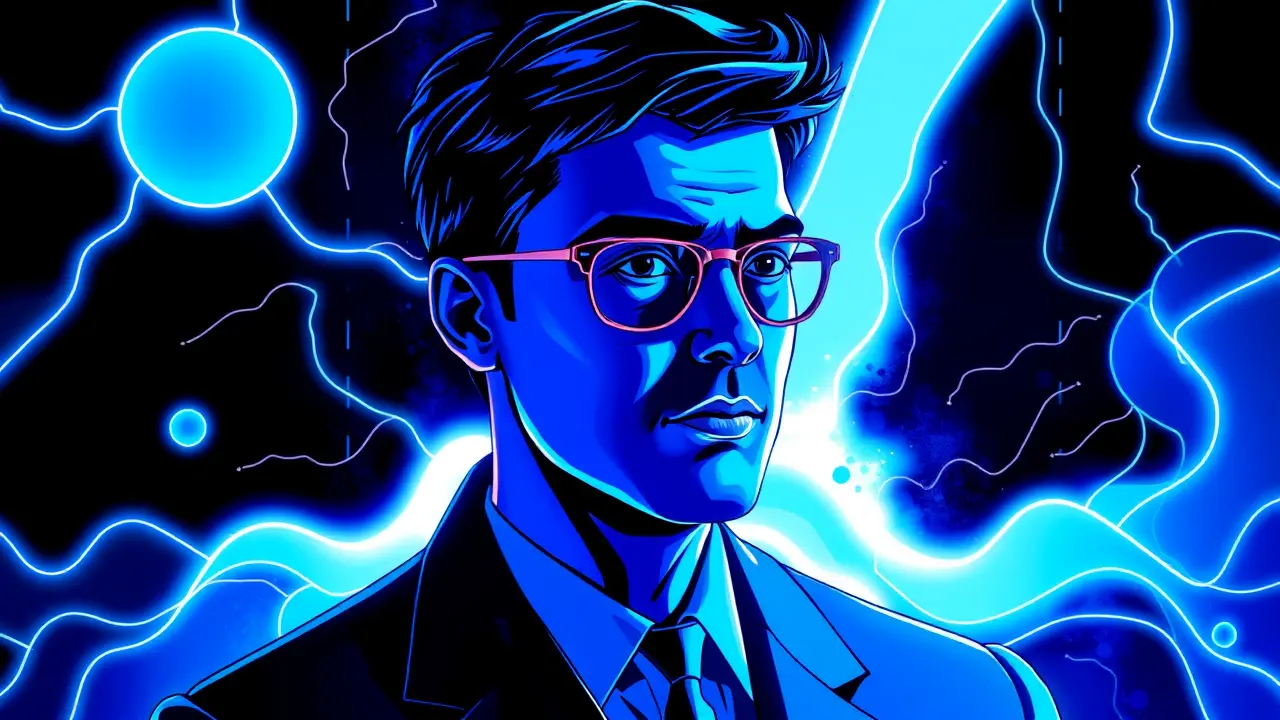The Vanishing Art Dealer and His Trail of Deceit
The art world, that glittering stage of aesthetic genius and staggering commerce, has always thrived on a certain degree of theater, but the saga of Inigo Philbrick has proven to be a tragedy of Shakespearean proportions, a masterclass in deception played out not on canvas but in the shadowy corridors of high-stakes dealing. Imagine the scene: a young, charismatic dealer, the very picture of art world success with his sharp suits and enviable roster of blue-chip contemporary artists like Rudolf Stingel and Yayoi Kusama, suddenly vanishes, leaving behind a gilded trail of promises that were, upon closer inspection, nothing more than expertly applied layers of deceit.This wasn't a simple case of a bad sale; it was an elaborate, multi-act production where Philbrick allegedly sold shares of the same multi-million dollar painting to multiple investors, a fraudulent practice known as oversharing, while also using artworks as collateral for loans far exceeding their value, creating a house of cards so precarious it was destined to collapse. The plot, worthy of a Hitchcock thriller, saw him fabricate entire personas to vouch for his phantom transactions, creating a self-referential echo chamber of trust that ultimately imploded, leading to his clients—fellow dealers, wealthy collectors, and investment funds—discovering they owned fractions of nothing, or that their pledged assets were simultaneously backing several other secret loans.His flight from justice, first from London to a Pacific island and finally to a FBI arrest, reads like the final, desperate act of a man who knew the curtain was falling, a stark contrast to the polished figure who once commanded respect at Art Basel and Frieze. The consequences ripple far beyond the missing millions; this scandal forces a painful reckoning with the art market's foundational weaknesses—its opacity, its reliance on handshake deals and personal reputation, and its resistance to the regulatory scrutiny that governs other financial sectors. It’s a story that exposes the dark symbiosis between ambition and avarice, where the intoxicating allure of a masterpiece can blind even the savviest of players to the reality that the most compelling art in the room was, in fact, the con itself, a performance piece on the fragility of trust and the high price of belief in a world where value is, ultimately, a collective fiction.
JA
Jamie Larson123k2 days ago
tbh this is why i'm skeptical of the whole art market it feels like a house of cards smh
0
